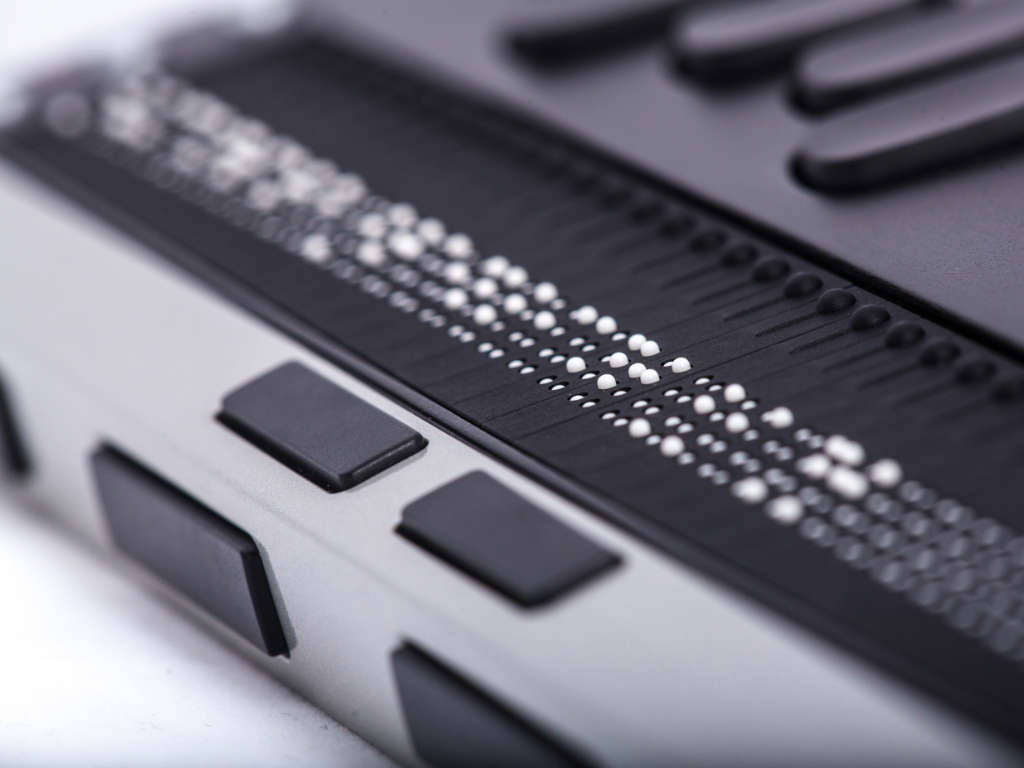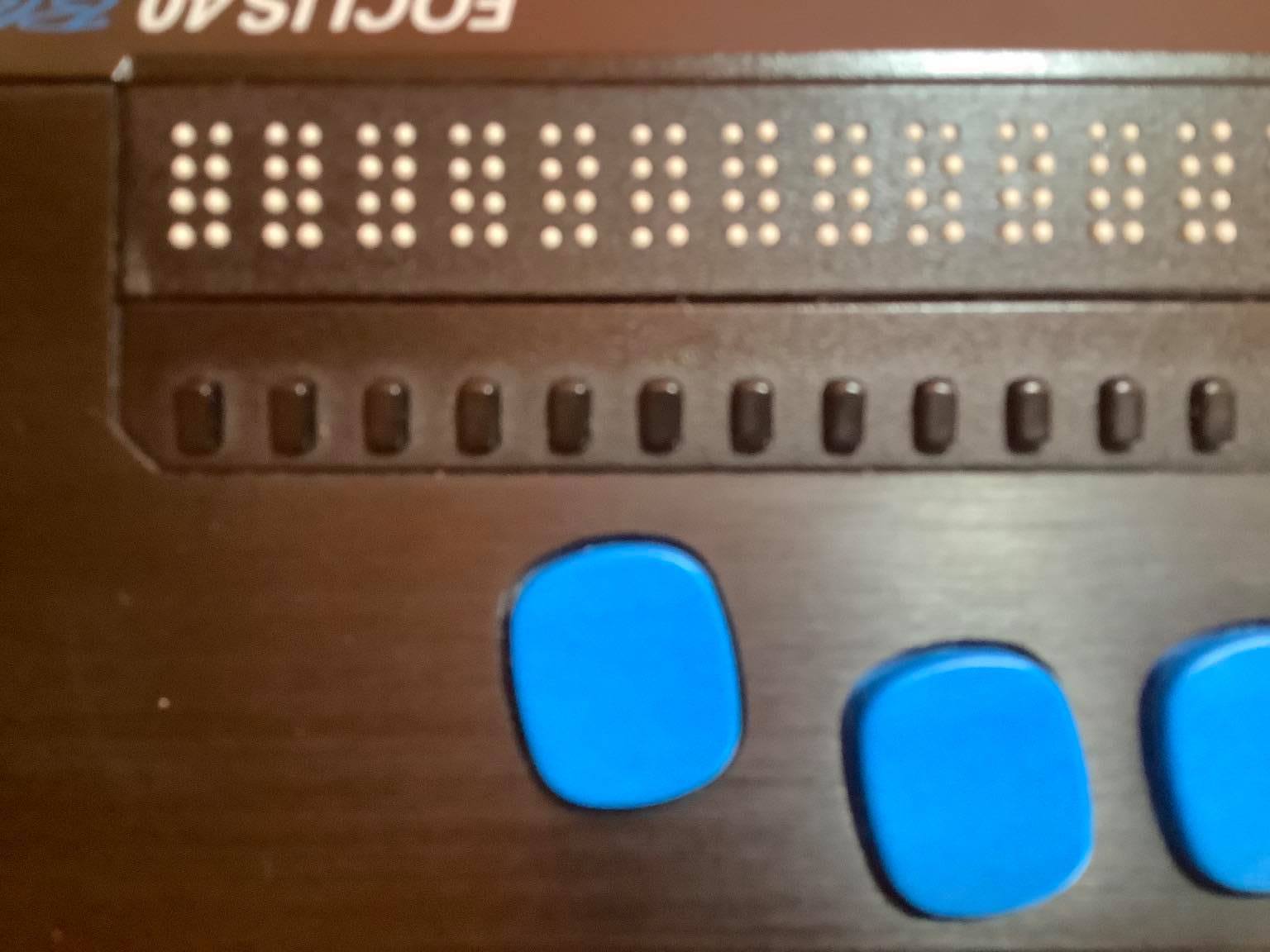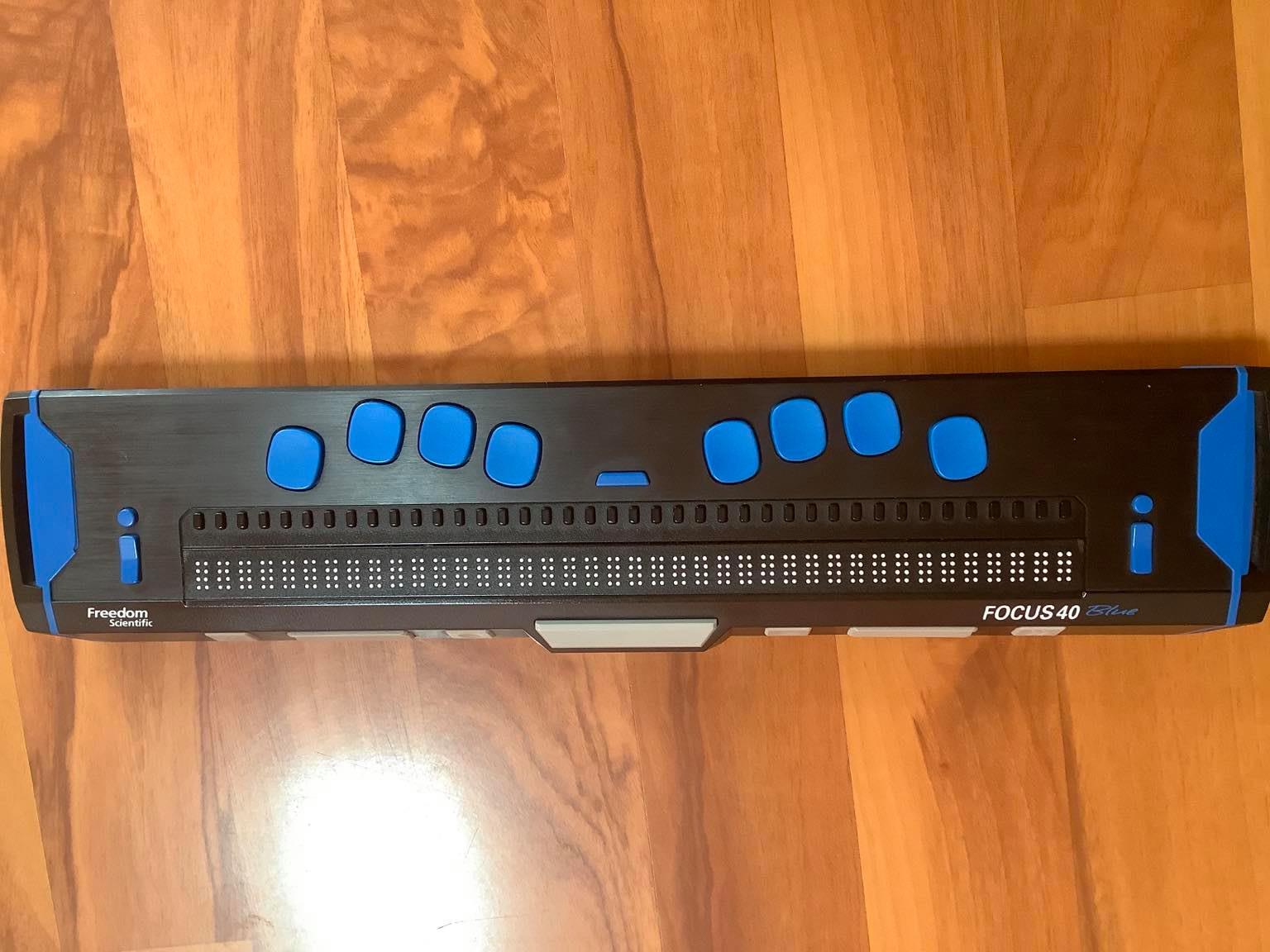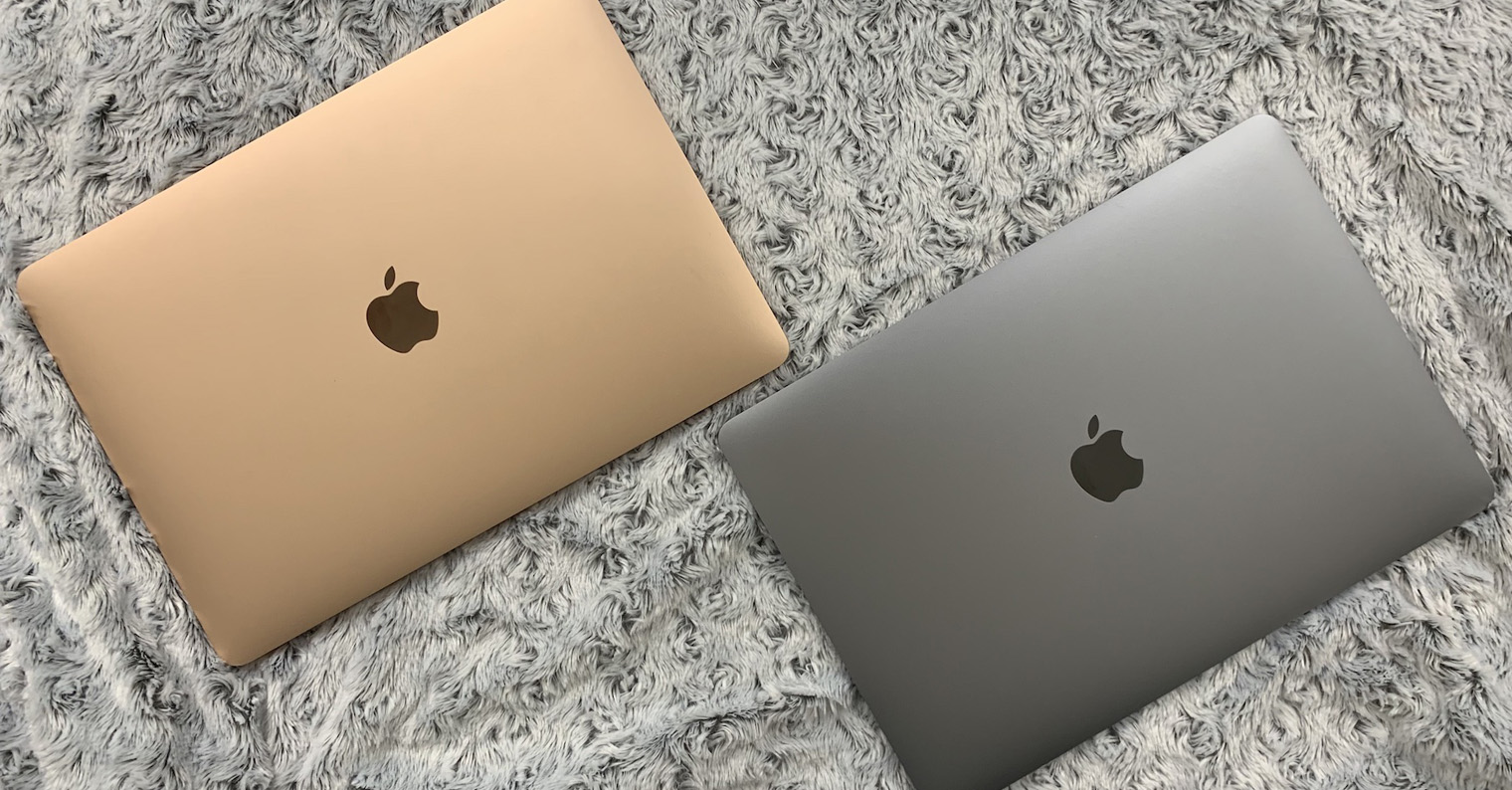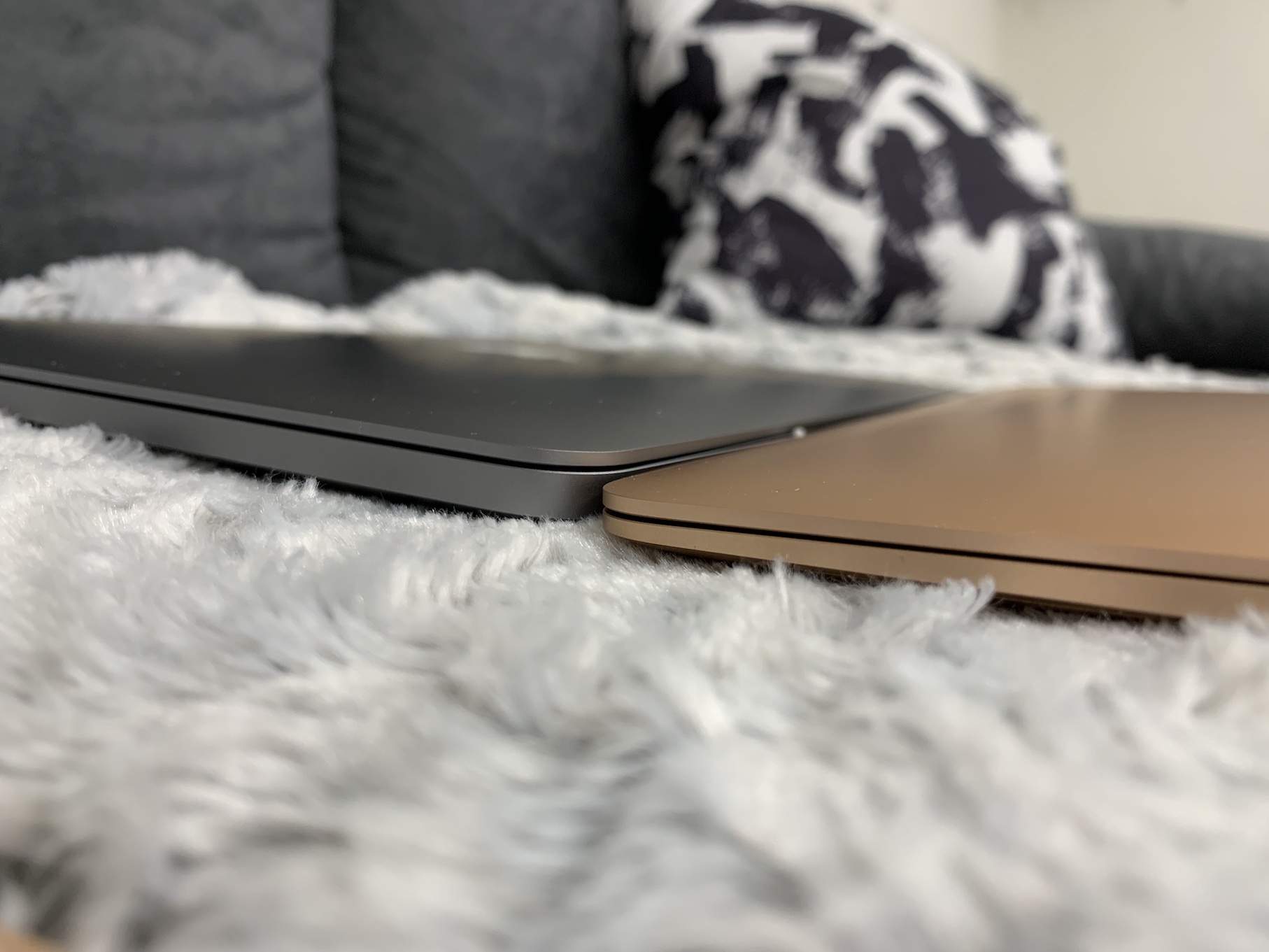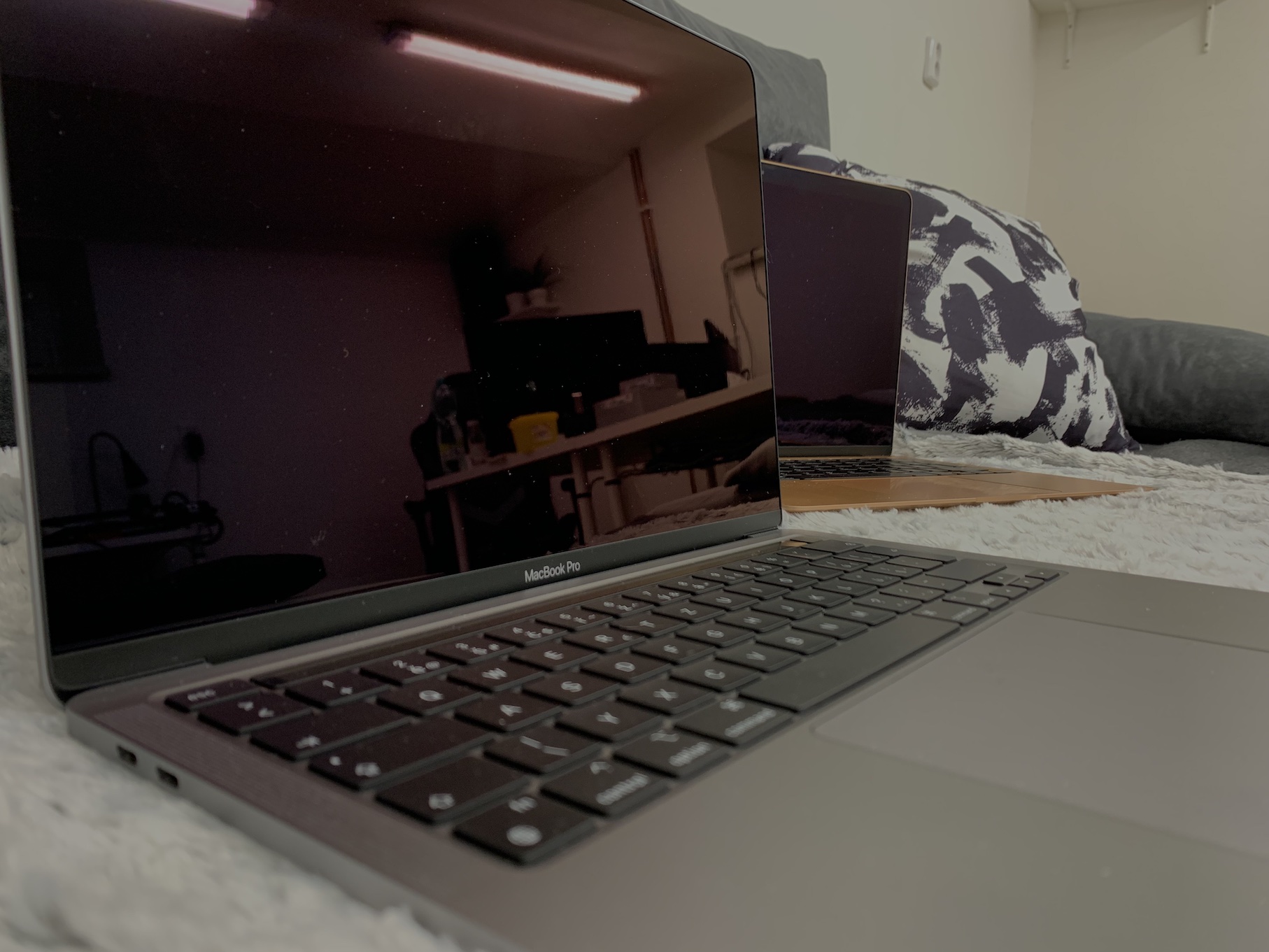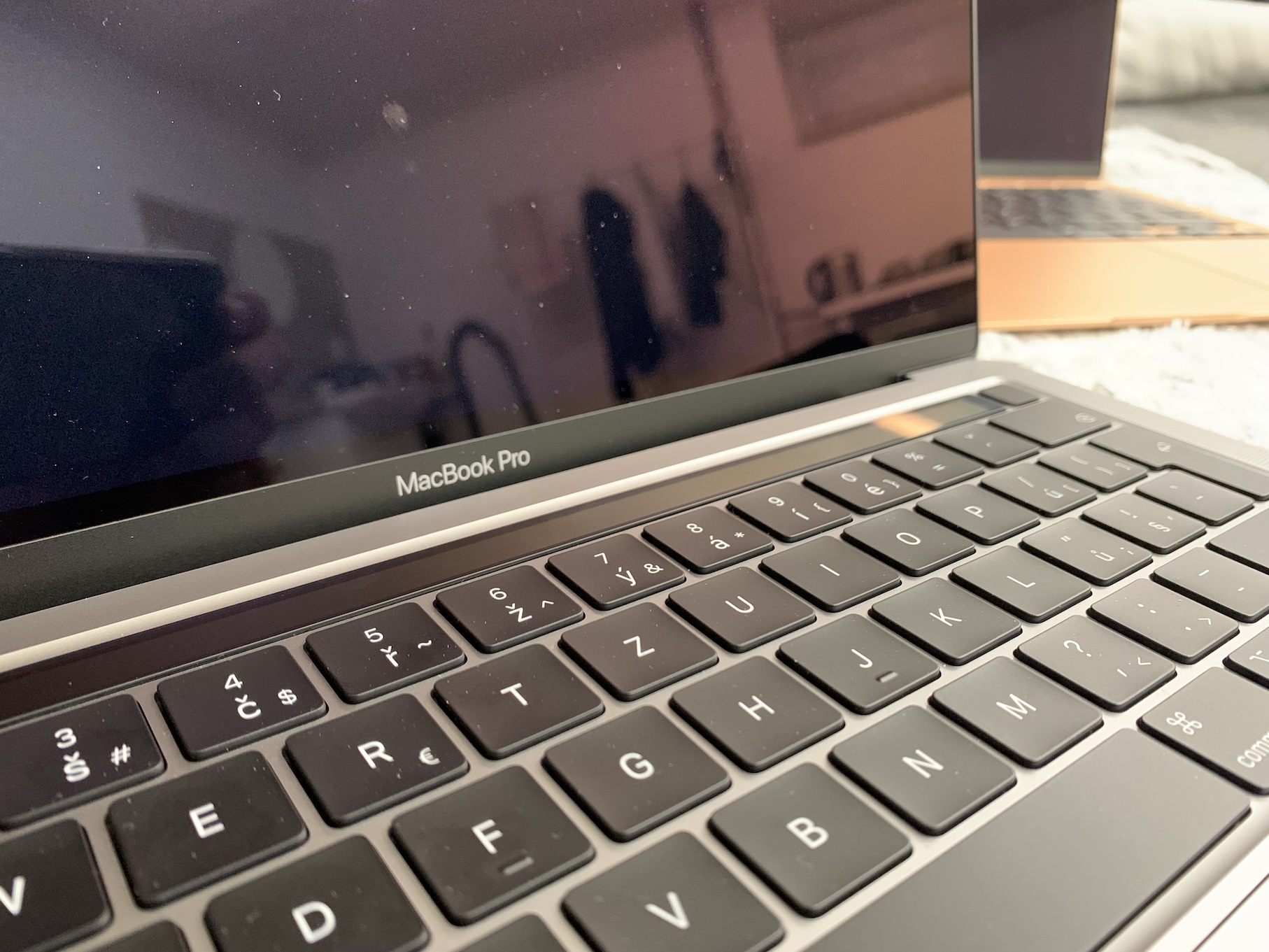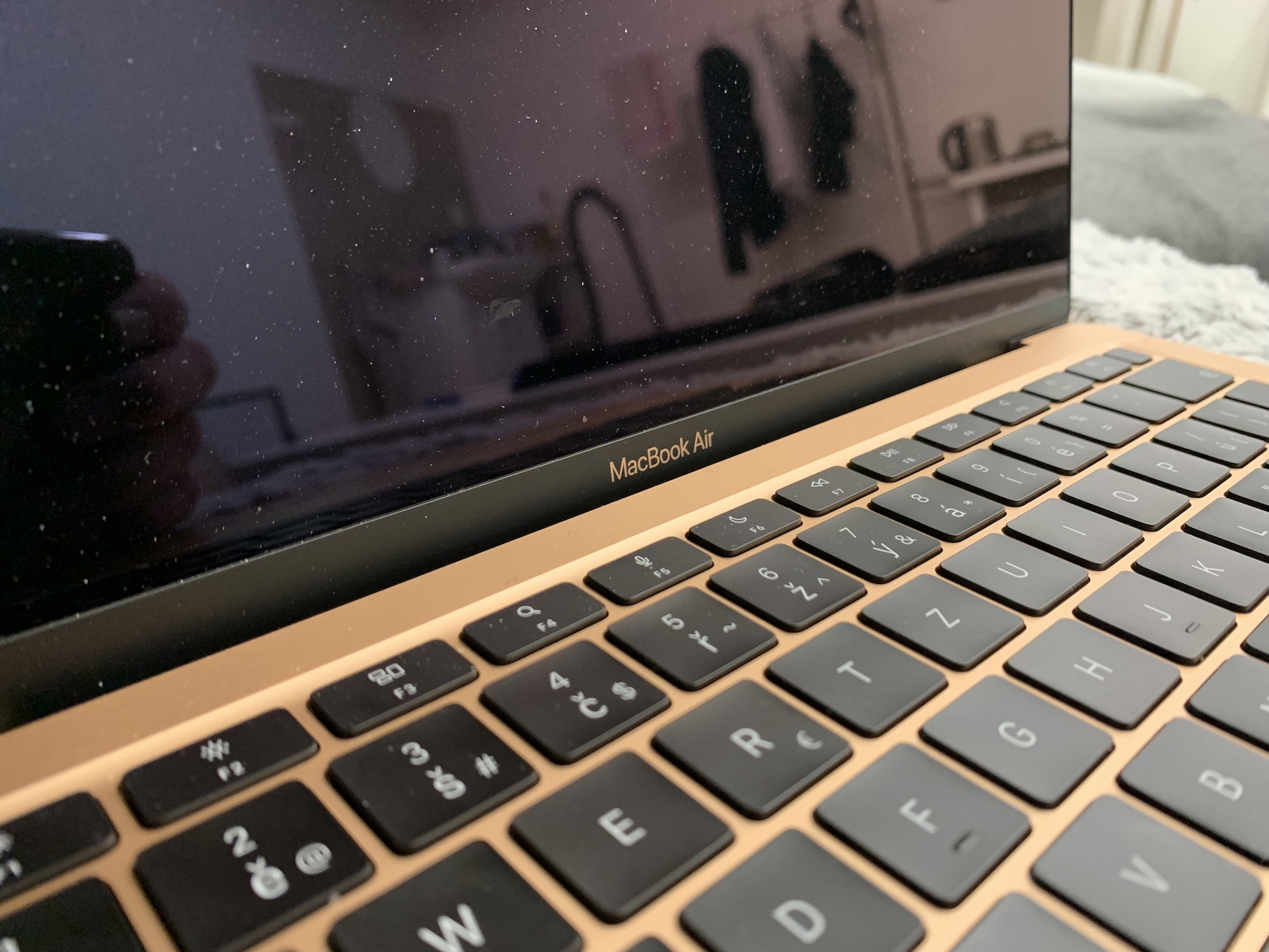Despite the fact that until the recent past I could not have imagined that, in addition to the iPhone in my pocket, an Apple Watch would appear on my hand, an iPad and a MacBook on my desk, AirPods in my ears and a HomePod playing on my cabinet, times are changing. Now I can say with a clear conscience that I am rooted in the Apple ecosystem. On the other hand, I still own an Android device, I encounter the Windows system regularly, and services such as Microsoft and Google Office, Facebook, YouTube and Spotify are certainly no strangers to me, on the contrary. So for what reason did I switch to Apple, and what is the significance of this company (and not only) for blind users?
It could be interest you
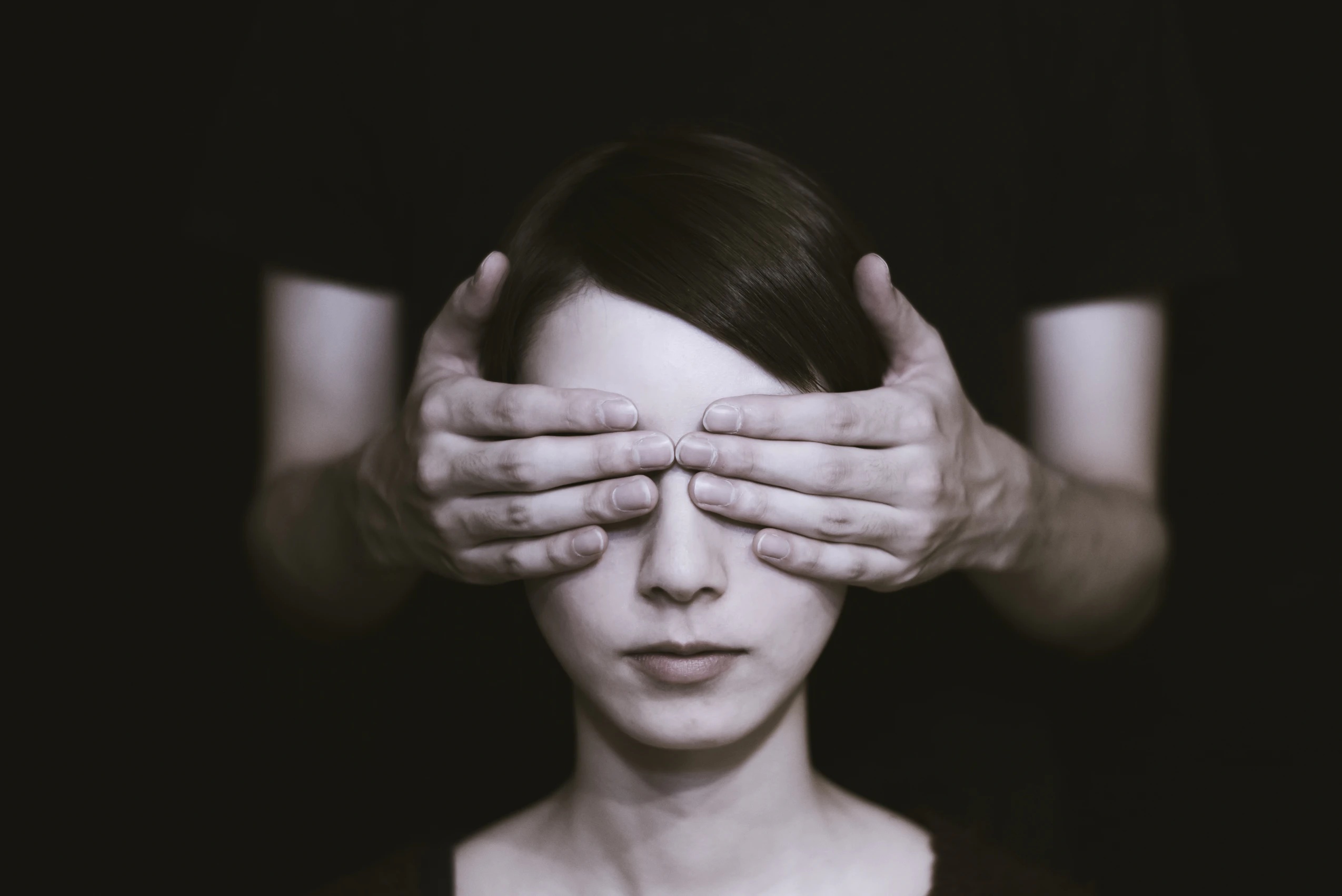
Accessibility is almost everywhere at Apple
Whether you pick up any iPhone, iPad, Mac, Apple Watch or even Apple TV, they already have a reading program implemented in them from the start voiceover, which can be started even before the actual activation of the given device. For a very long time, Apple was the only company where you could use products from the very beginning without sight, but luckily the situation is different nowadays. Both Windows and Android have reading programs that work after the device is turned on for the first time. In the desktop system from Microsoft, everything works more or less reliably, but the Achilles heel of Android is the missing Czech voice, which must be installed - that's why I always had to ask a sighted user to activate it.

Beginnings are one thing, but what about accessibility in sharp use?
Apple boasts that all its devices can be fully controlled by absolutely anyone, regardless of handicap. I can't judge from a hearing impaired perspective, but how Apple is doing with accessibility for the visually impaired can. When it comes to iOS, iPadOS, and watchOS, the VoiceOver reader is really top notch. Of course, it is clear that Apple cares about native applications, but even third-party software is usually not more accessible than on Android. The response of the reader in the system is really smooth, the same also applies to gestures on the touch screen, keyboard shortcuts when an external keyboard is connected or about support braille lines. Compared to Android, where you have several readers to choose from, iPhones are a bit more responsive and user-friendly, especially in advanced third-party apps for editing music, working with documents, or creating presentations.
But it's worse with macOS, especially because Apple has rested on its laurels a bit and doesn't work so much on VoiceOver. In some places of the system, as well as in third-party applications, its response is dismal. Compared to the native Narrator in Windows, VoiceOver occupies a higher position, but if we compare it with paid reading programs, the reading program from Apple loses to them in controllability. On the other hand, quality subtraction software for Windows costs tens of thousands of crowns, which is definitely not a low investment.
It could be interest you
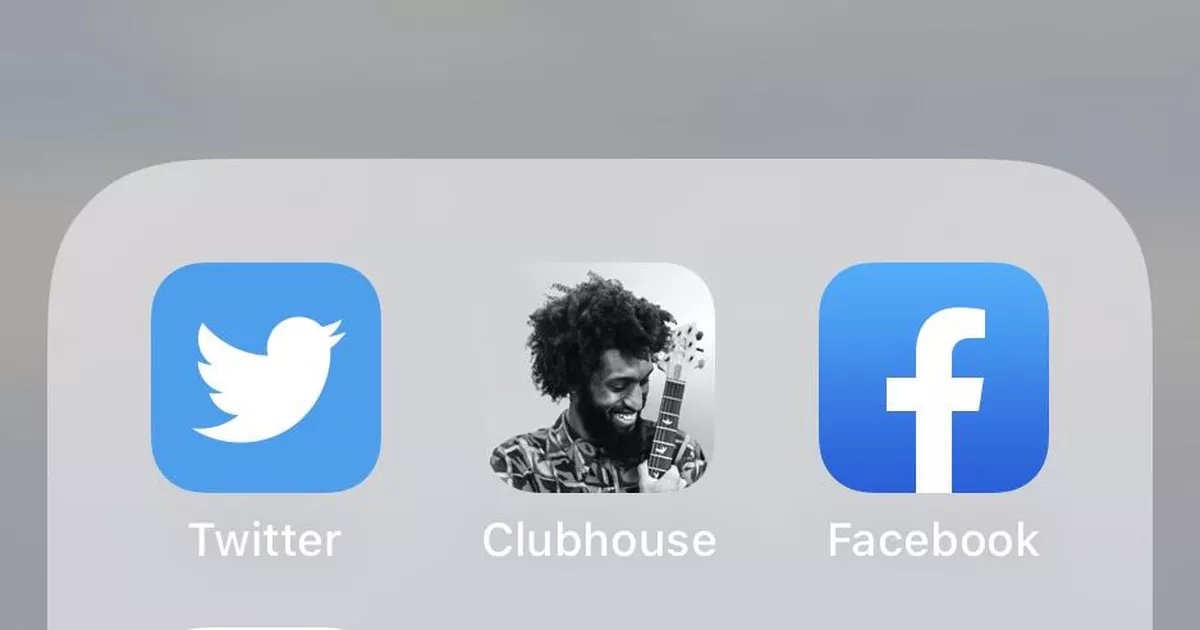
Are Apple's words about accessibility true?
When working with the iPhone and iPad, it could be said that the accessibility is exemplary and almost flawless, where in addition to playing games and editing photos and videos, you can find an application that can be controlled using a screen reader for almost any task. With macOS, the problem is not accessibility per se, but rather the fluency of VoiceOver. Even so, macOS is more suitable for blind people than Windows for certain tasks, even when paid reading programs are installed in it. On the one hand, Apple benefits from the ecosystem, in addition, some applications for creativity, text writing or programming are available exclusively for Apple devices. So it is definitely not possible to say that all the products of the Californian giant are as well tuned as they are presented to us in the advertisements, even so I think that for creative blind users, students or programmers it makes sense to enter the apple world.

